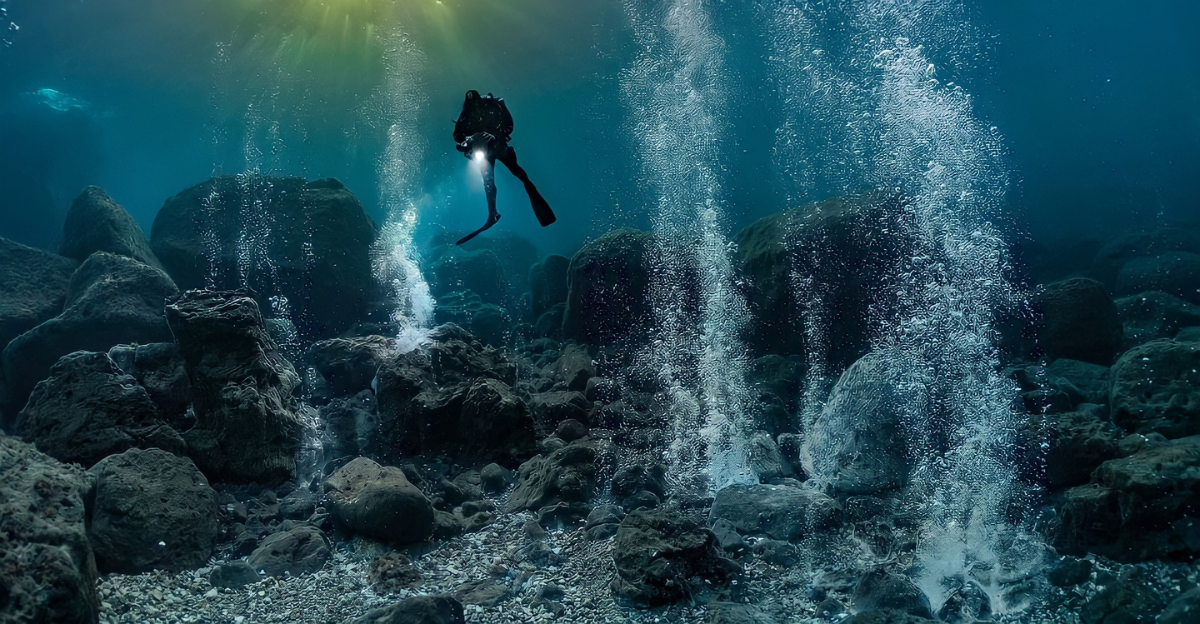
Deep beneath the Pacific Ocean, about 700 miles northwest of San Francisco, lies Axial Seamount, a highly active underwater volcano that researchers have known about only since the 1980s. This volcano is the most closely monitored volcano in the world, having had three eruptions since its discovery (1998, 2011, 2015), with an eruption predicted to occur again by the end of 2025 from continuous seafloor inflation and seismic patterns.
Unlike explosive volcanoes on land, which blast molten rock and gas tens of miles into the sky, Axial Seamount slowly oozes lava like Hawaii’s Kilauea volcano, rendering it harmless to human life back on shore but an object of scientific fascination. Its eruptions offer a rare window into the mechanics of undersea volcanism and the potential to refine eruption forecasting models globally.
The History of Axial Seamount
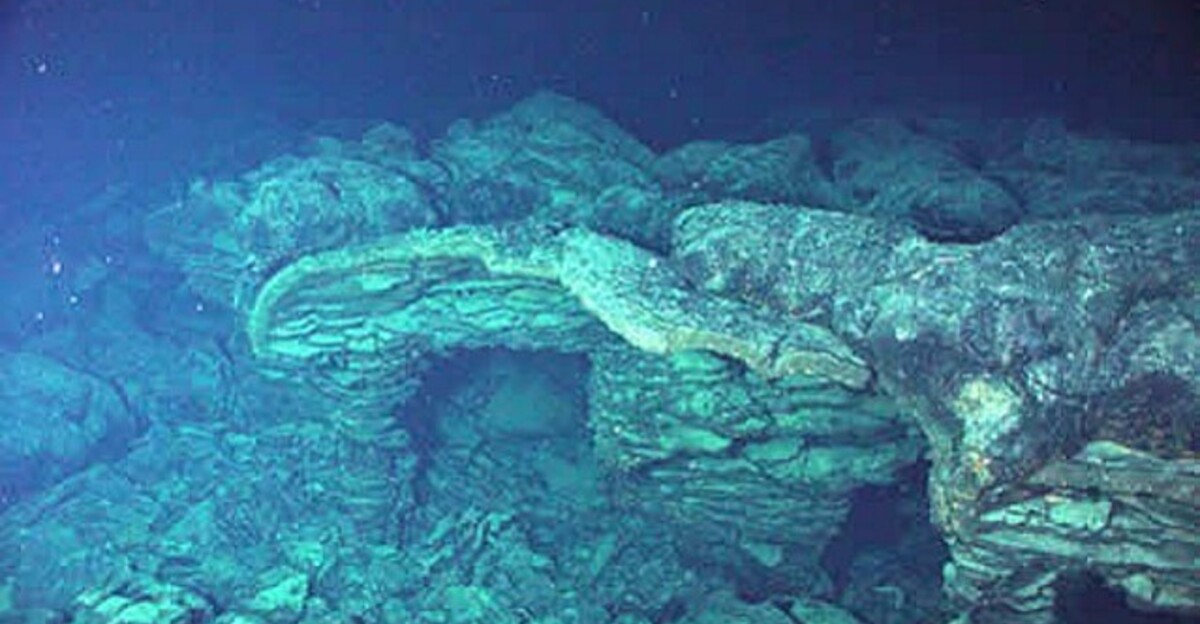
Axial Seamount’s history is characterized by frequent and predictable eruptions, and so the seamount has been called a geological or natural laboratory for volcanologists. Since its discovery, it has erupted about every six years, with each event preceded by measurable seafloor uplift, forming as magma accumulated beneath the summit.
Because of this pattern, they were able to forecast the 2015 eruption months in advance, which is hardly ever done with land-based volcanoes. Historical reports, such as ancient lava flows, imply that Axial has been erupting for at least 1600 years, producing about 50 lava flows since 410 AD, making it the most active submarine volcano in the Northeast Pacific. This lengthy record enables researchers to study hypotheses of magma supply, inflation-deflation cycles, and eruption triggers in greater detail.
Science Monitoring and Discovery
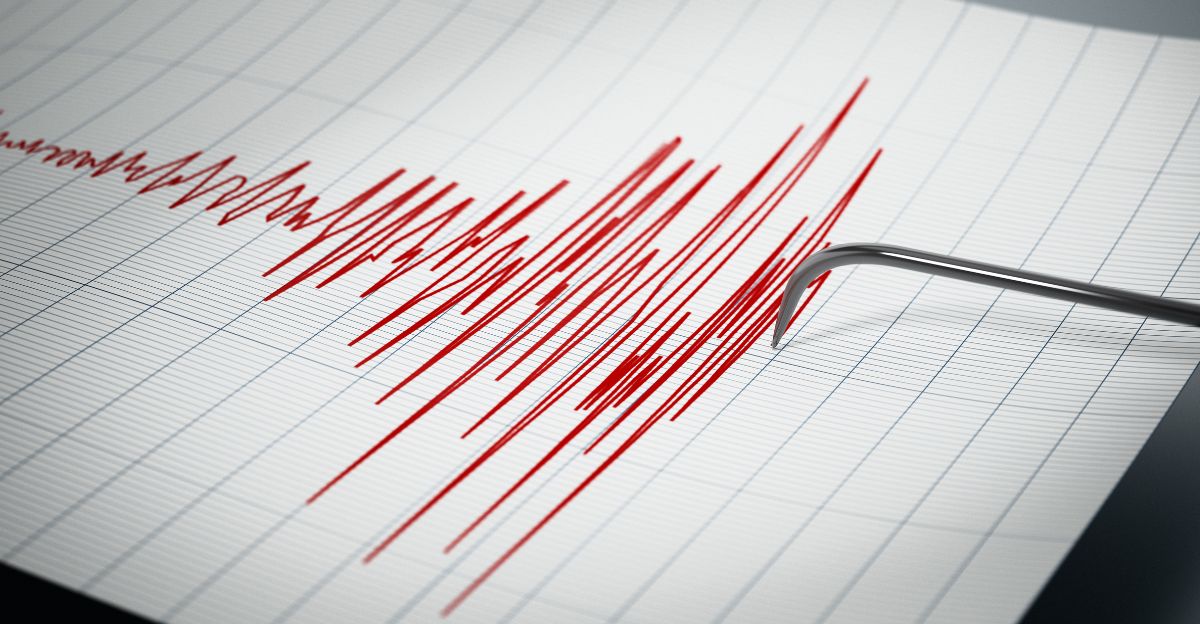
Axial Seamount is equipped with a high-resolution sensor network, the Ocean Observatories Initiative Regional Cabled Array and associated infrastructure that provides real-time observations of seismicity and deformation, as well as seafloor imaging of hydrothermal dynamics. This monitoring has shown that the volcano inflates between eruptions as magma ascends, and deflates during eruptions as lava erupts.
Recent data indicate that the summit’s inflation has reached 85–90% of its pre-eruption level, but with varying inflation rates. The close coupling of deformation and seismicity suggests that the crust is approaching failure, offering new insights into eruption forecasting. These innovations turn Axial into a model of submarine volcanoes worldwide and could revolutionize the way scientists forecast eruptions elsewhere.
Current Trends and Predictions

As of late 2023, Axial Seamount’s seafloor had started to inflate again, following a period of stagnation, and by 2024, the inflation rate had stabilized at a level that was similar to that before 2015. Based on a hypothetical situation that the volcano will erupt when it has gained the same amount of inflation as prior to the 2015 event, scientists expect an eruption by late 2025.
The evidence of very strong seismic activity, formed by hundreds of daily earthquakes and swarms reaching 500 events in a day, also supports this scenario. The volcano is not about to erupt, but recent behavior is consistent with historical patterns, making the forecast credible and important in scientific, policy, and public domains.
Unique Risks and Public Safety
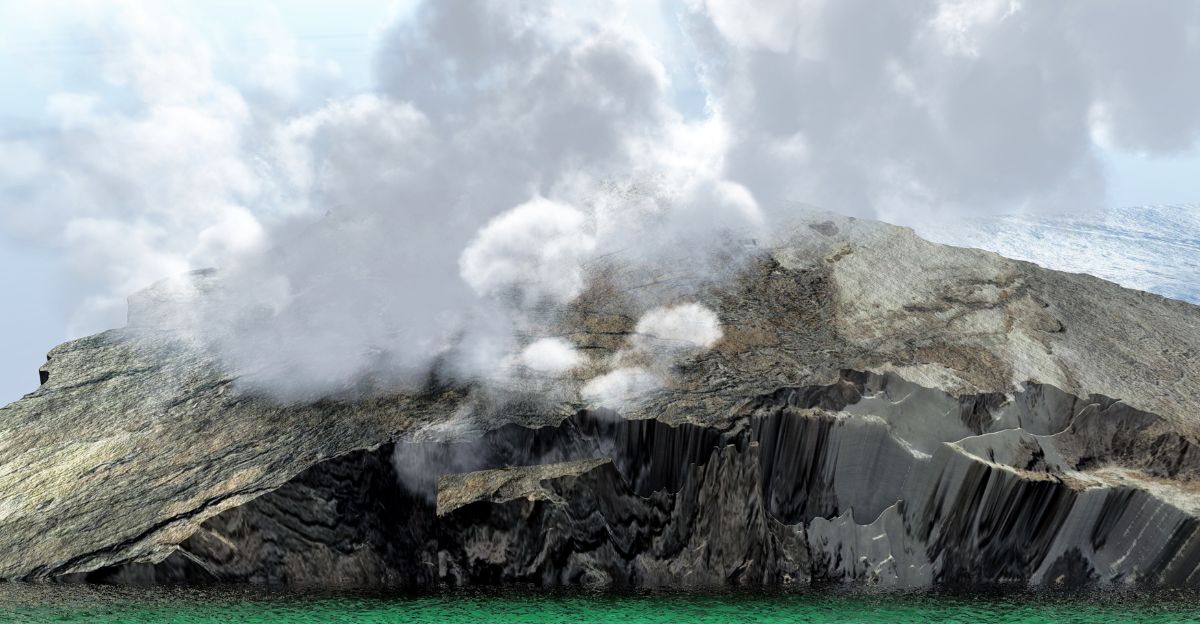
Unlike eruptive volcanoes found on land, Axial Seamount does not appear to be a direct threat to the coastal zone and to human populations. The eruptions are effusive, with lava flowing out rather than exploding, and at a depth too deep to cause tsunamis or impact surface life. However, the activity of the volcano can damage or dislodge sensitive scientific instruments and affect local deep-sea ecosystems such as microbial mats and other benthic life.
The true threat is how much Axial teaches us about less predictable and more dangerous volcanoes; its monitoring and forecasting success could ultimately save lives as they contribute to the science of predicting eruptions at more hazardous volcano systems.
Implications for Underwater Ecosystems

The eruptions of Axial Seamount create new seafloor and reshape life in the deepest parts of the ocean, burying existing life in some cases, but also supporting new communities of extremophiles and microbes that thrive in hydrothermal environments. The heat from the lava flows can sustain microbial mats that carpet the ocean floor, resembling snow over a volcanic landscape.
These ecosystems are of great interest to astrobiologists because they may resemble life conditions on other planets or moons. The volcano’s eruptions, therefore, function as natural experiments in ecological succession and adaptation, offering insights into the resilience and adaptability of life in extreme environments.
Broader Scientific and Societal Impact

The eruptions at Axial Seamount are not merely geological events but also opportunities for interdisciplinary research. The volcano’s predictability allows scientists a chance to test new technologies and models, and to develop more accurate eruption forecasting and insight into the interactions between geological and biological processes.
Lessons from this could be applied to more hazardous volcanoes worldwide and mitigate the danger of explosive eruptions. In addition, public interest in underwater volcanoes might lead to interest in oceanography, geology, and climate science, creating a more scientifically literate society and encouraging more investment in marine research.
A Non-Threat?
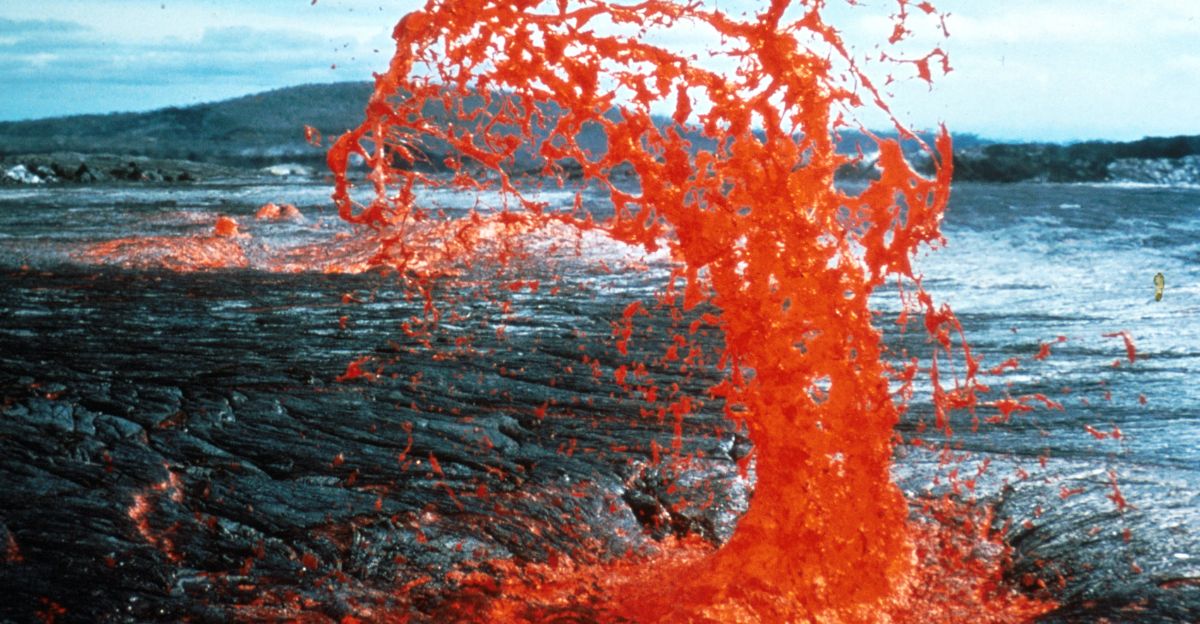
While conventional wisdom dismisses Axial Seamount as a non-threat, counter-narratives emphasize its role as a testbed for worst-case scenarios. If the volcano’s monitoring systems fail or its behavior deviates unexpectedly, it could challenge current models and force a reevaluation of eruption forecasting methods.
Extreme case studies, like the catastrophic 2022 Hunga Tonga-Hunga Haʻapai eruption, are evidence that even submarine volcanoes can have far-reaching consequences under rare circumstances. Axial’s predictability is a double-edged sword — it provides hope for accurate forecasting, but also underscores the unpredictability of nature and the limits of human understanding.
Future Directions and Hypotheses
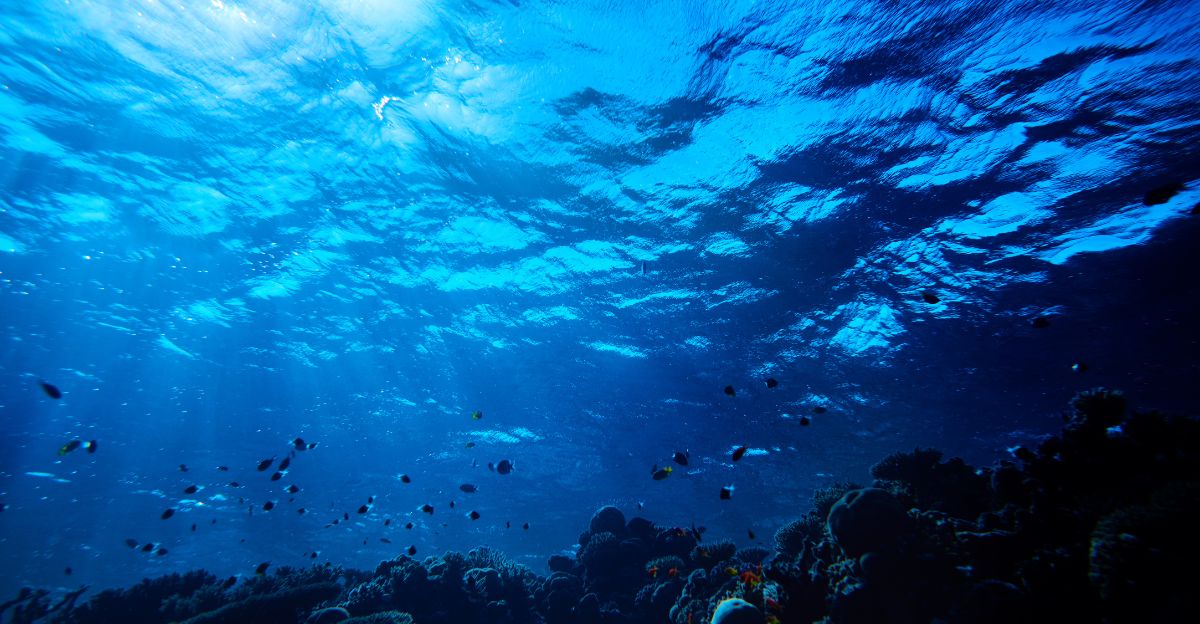
Looking ahead, Axial Seamount could become a cornerstone for new frameworks in volcanic monitoring that include AI, real-time data streams, and predictive analytics. In theory, if Axial’s eruption cycle speeds up or slows down, it could indicate shifts in the region’s magma supply or tectonic stress, and have implications for earthquake prediction or climate modeling.
Unsubstantiated theories hint that underwater volcanoes like Axial may play a hidden role in regulating ocean chemistry and climate, though this remains speculative. The ongoing research of Axial will only further test the limits of geoscience and raise new questions about Earth’s dynamic systems.
Earth’s Hidden Forces
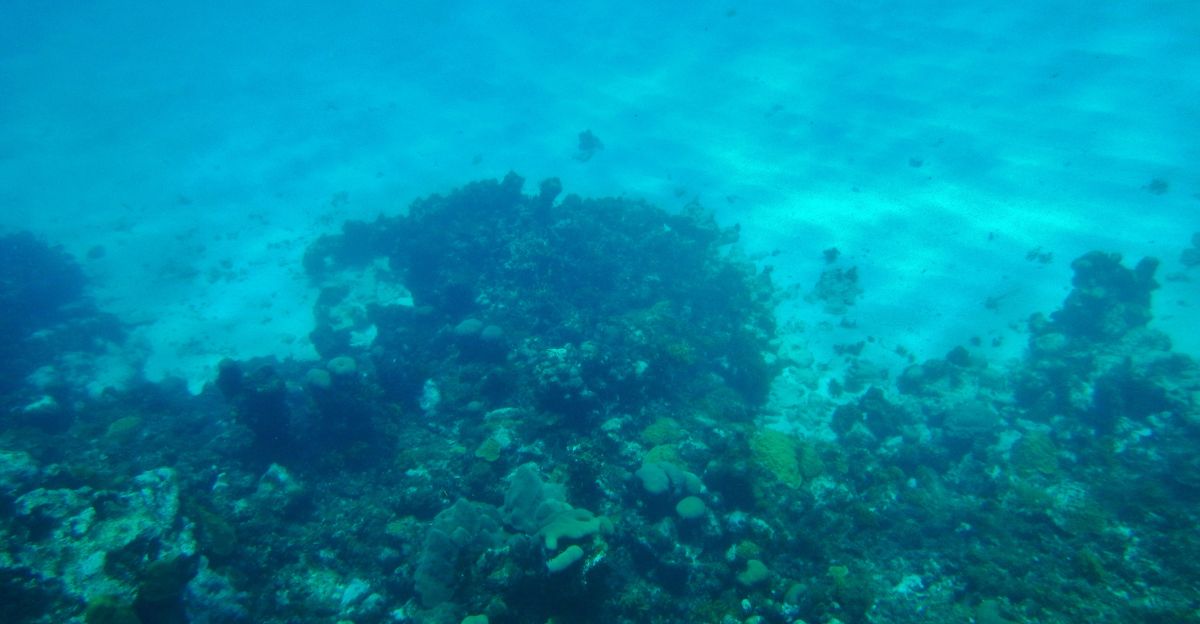
The impending eruption of Axial Seamount is not just a geological curiosity; it is a momentous event for science, for society, and our understanding of Earth’s hidden forces. The volcano’s predictability provides an unusual opportunity to improve forecasting of eruptions, and its remote location means it poses little direct threat to human life.
By studying Axial, scientists gain insights that may one day save lives elsewhere, and the public develops a richer understanding of our planet’s power and complexity. The lessons of Axial Seamount remind us that even in the depths of the ocean, the Earth is alive and ever-changing, challenging us to remain vigilant, curious, and prepared for the unexpected.
Explore more of our trending stories and hit Follow to keep them coming to your feed!

Don’t miss out on more stories like this! Hit the Follow button at the top of this article to stay updated with the latest news. Share your thoughts in the comments—we’d love to hear from you!







